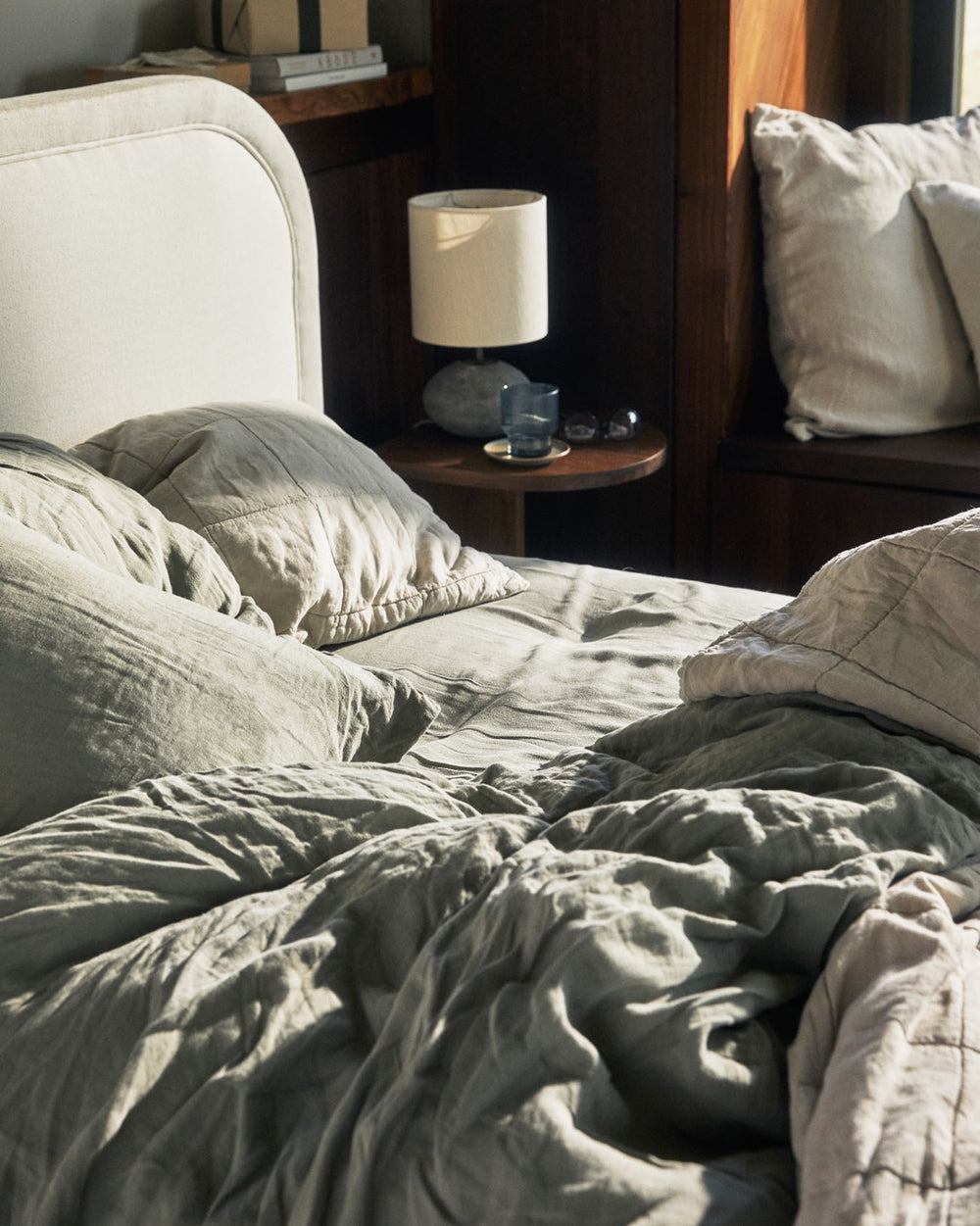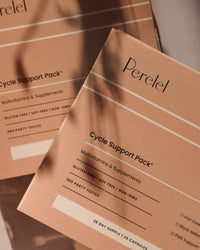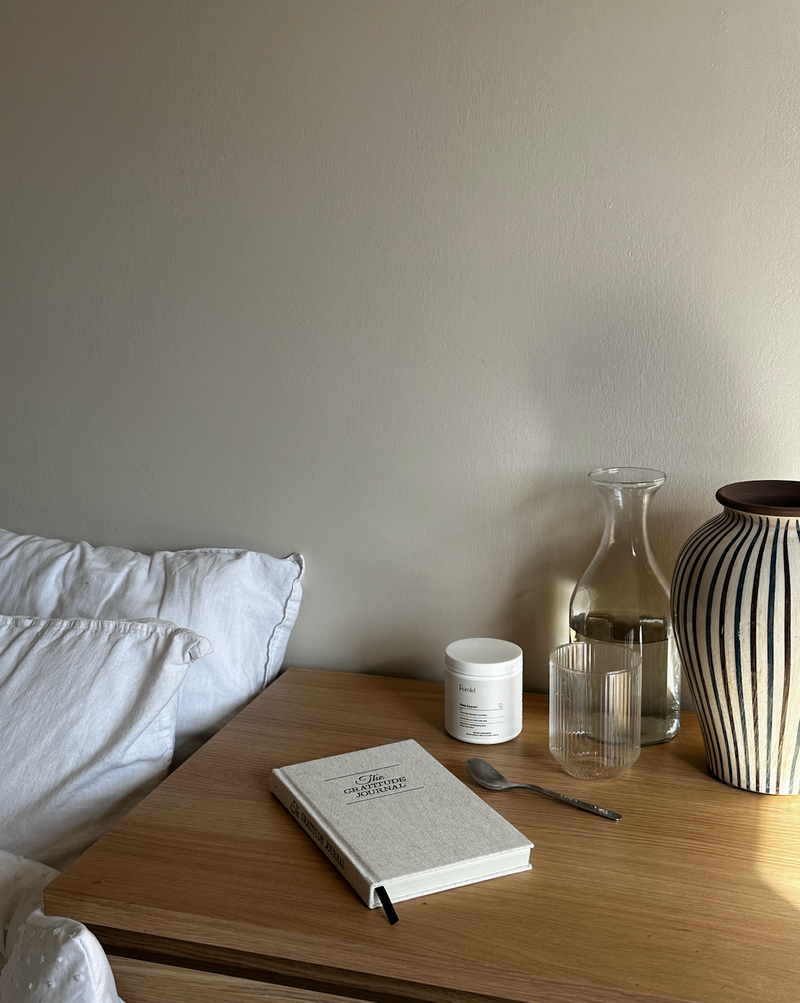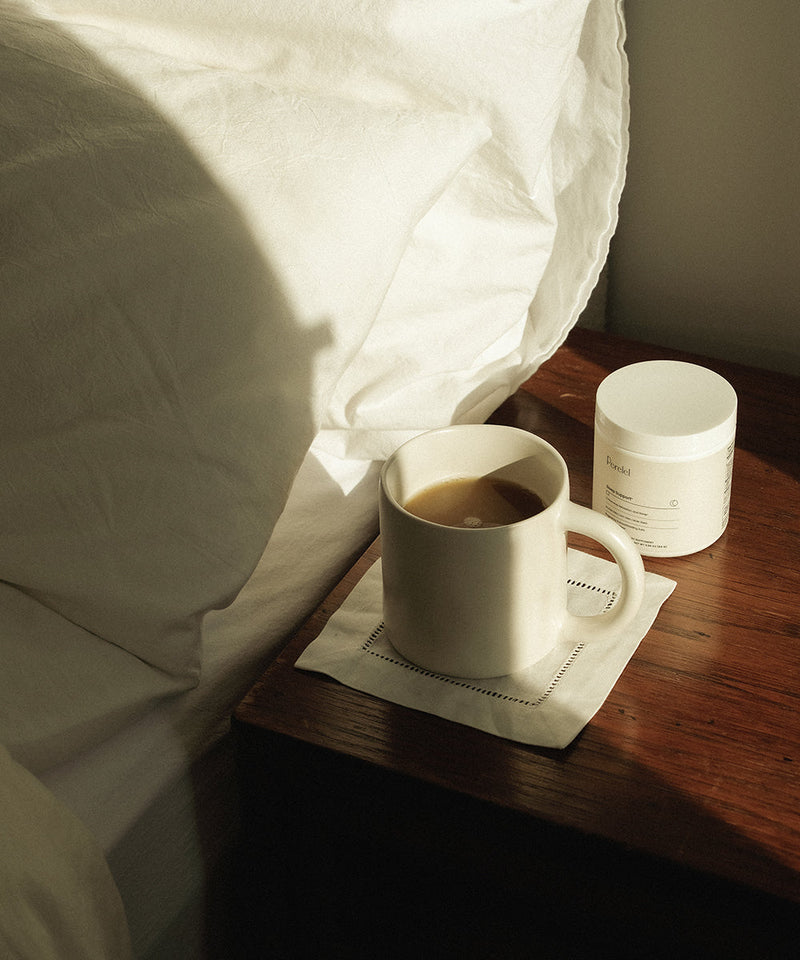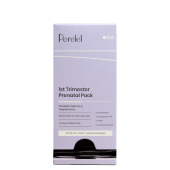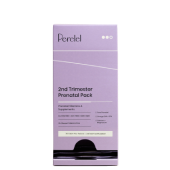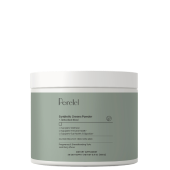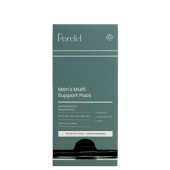As our understanding of sleep evolves beyond the standard eight-hour
recommendation, it’s increasingly clear that sleep routines are not one-size-fits-all. Sleeping patterns, behaviors and characteristics vary from person to person based on age, activity level and sleeping conditions. These behaviors are classified with “chronotypes,” or the specific circadian rhythms that define individual levels of alertness and activity throughout the day.1
Have you heard the term before? Specifically, chronotype determines if you're a morning person, evening person, or somewhere in the middle. As much as you might try to tweak your tendencies, experts indicate that your type is likely genetic and hardwired to your genes.2
Here’s the good news. No chronotype is “better” than the other and understanding yours will make for a more restful routine and productive day. Brew up a mug Sleep Support tea and read on to learn more about the different sleep chronotypes and find yours now.
What Is a Chronotype?
A chronotype is a classification system used to help understand sleep and productivity schedules, including when you’re most active and alert throughout the day.1
Chronotype does not influence total sleep time and most adults need between seven and nine hours of sleep a night, which can be easier for some types to achieve then others.3
Why Do They Matter?
“If you understand what your chronotype is, you understand what your hormone schedule is, which becomes critically important for any and all activities you do throughout the day,” Dr. Michael Breus explains.4 “There’s a perfect time of day to do everything according to your chronotype—everything from intimacy, to drinking coffee, to working out—you can do all of them better if you know your chronotype.”
"If you understand what your chronotype is, you understand what your hormone schedule is."
The Chronotypes: The Lion
Bedtime: 10 PM | Wake up: 6 AM | Focus: 8 AM - 12 PM
First up, lions—formerly known as early birds. “These are high energy people, very interested in exercise and fitness, and again—early risers," Dr. Michael Breus says.4 This chronotype feels most alive in the morning with energy levels peaking before noon, and is typically able to complete massive amounts of work before lunch. Waking up early is easy for lions and everything tends to run smoothly until midday. Just as fast as energy for a lion is gained, it’s lost.1
Fifteen percent of the population considers themselves lions. Usually seen exercising early and the first in the office, lions have a lot of energy during their prime hours. Almost always type-A people, lion chronotypes typically harness charisma and are usually seen as leaders by their peers.1
The Chronotypes: The Bear
Bedtime: 11 PM | Wake up: 7 AM | Focus: 10 AM - 2 PM
“Bears represent the people in between the early birds and the night owls. They make up almost 55 percent of the population,” Dr. Michael Breus says. “The 9 to 5 work schedule works perfect for a bear. A lot of bears have the tendency to be the people that get the work done,” Dr. Breus explains.4
The bear chronotype follows the solar cycle, and usually doesn’t have much trouble waking up in the morning or sleeping through the night. This chronotype is most productive in the morning, and will typically struggle with an afternoon slump after lunch, generally around 2 to 4 PM.1
Typically, bears are considered extroverted, happy-go-lucky people with mellow energy and strong work ethic.1
Shop the Article:


Sleep Support*
$27.14 First 3 Mo First 3 Months
- Safe for pregnancy and breastfeeding
- Promotes relaxation and sleep*
The Chronotypes: The Wolf
Bedtime: 12 AM | Wake up: 7:30 AM | Focus: 5 PM - 12 AM
“Next are the wolves—formerly known as night owls. One of the things we know about people who fall into this category is that they have a tendency to be creatives—artists, actors, authors—people of that nature,” Dr. Michael Breus says.4
Wolf chronotypes are most productive at night and the wolf needs more time to hit snooze in the morning to get all the energy they need to sustain their two bursts of creative energy: the first around noon, and the second coming around 6 PM when most others have finished their work for the day.1
Around 15 percent of the population identifies as a wolf, and they have a tendency towards introspection and creativity.1
The Chronotypes: The Dolphin
Bedtime: 11:30 PM | Wake up: 6:30 AM | Focus: 3 PM - 9 PM
Dolphins represent people with very erratic, genetic sleep schedules, and can be classified as the insomniac of the chronotypes. Similar to their nocturnal counterpart, there is always underlying tiredness for dolphins due to their anxious sleeping behaviors—including having a hard time falling asleep each night and rarely getting a full night of sleep. Dolphin chronotypes will usually fall asleep because their body needs to, not because they willingly give in to sleep. Because of their sporadic sleeping habits, dolphins can’t sleep easily and often have poor sleep quality.1
Highly intelligent, easily-distracted, and prone to bursts of creative energy, dolphins make up about 10 percent of the population.
What’s Your Chronotype?
Armed with information but still unsure what your chronotype is? Try Dr. Michael Breus’ chronotype quiz to determine if you’re a bear, wolf, lion or dolphin.
No matter what your type, our Sleep Support is formulated to improve the quality of sleep, muscle relaxation, and help your body unwind.* Plus, it’s a pregnancy and breastfeeding-safe solution. Next up—read more tips for a better night's sleep from the doctors who know best.
- How to Find Your Chronotype to Boost Productivity; Casper
- Genetic Basis of Chronotype in Humans: Insights From Three Landmark GWAS; PubMed NIH
- Chronotypes; Sleep Foundation
- Chronotype Quiz; The Sleep Doctor
Jessica Lopez is a writer and new mother based in Southern California. She has written for Cup of Jo, BRIDES, Byrdie, THE/THIRTY, and more, and she currently enjoys (over)thinking and writing about parenthood. You can connect with her on Instagram, if you’d like.
This article is for informational purposes only. It is not, nor is it intended to be, a substitute for professional medical advice, diagnosis, or treatment and we recommend that you always consult with your healthcare provider. To the extent that this article features the advice of physicians or medical practitioners, the views expressed are the views of the cited expert and do not necessarily represent the views of Perelel.


